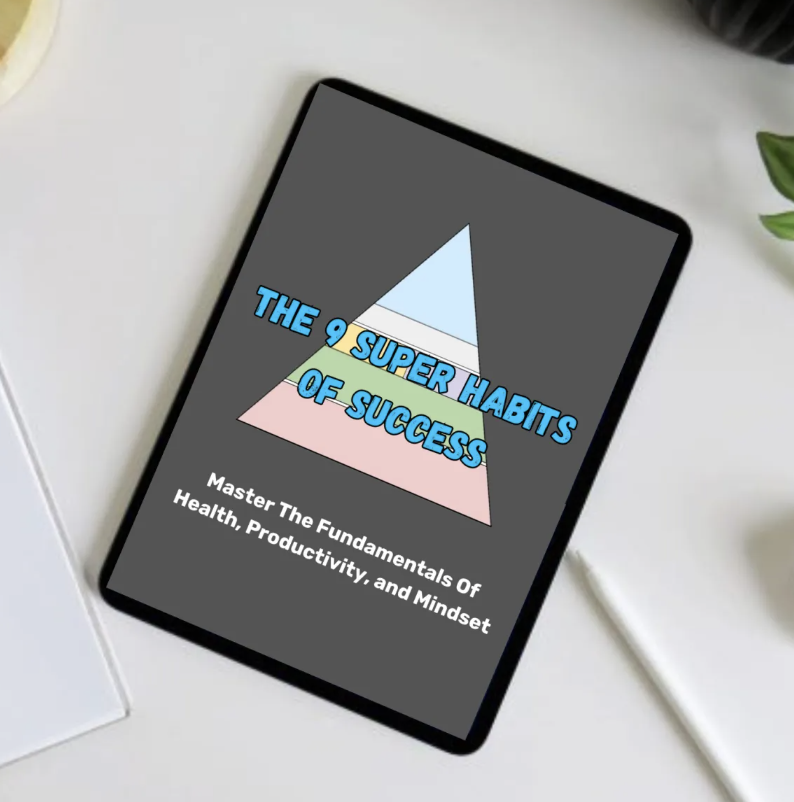The 3 Dimensions Of Humility
An important character trait that many of us hope to embody more of is humility. In my research on the topic, I’ve found that many of us have a limited perspective about what humility is, and it serves us to see all of its dimensions.
Standardly we think of someone who’s humble as a person who’s not above the task. They’re a leader who isn’t afraid to get their hands dirty. A colleague who gives credit to their team for their personal achievements. This first dimension of humility is all about being willing to give without expectation of receiving something in return.
The second, complementary dimension of humility is that you’re open to asking for help. Rather than being a know-it-all, or driven by ego, they can accept that other people have a lot to offer. This is a leader who can defer to the expertise of a specialist, or who can admit that they made a mistake. This is evident as someone who’s willing to receive without expectation.
(Side note - Combine these two traits of being able to give and receive without expectation, and you have abundance!)
And last, the 3rd dimension of humility, which is incorporated in the first two, is making things less about yourself. That’s what CS Lewis says: “Humility isn’t thinking less of yourself, it’s thinking of yourself less.”
You don’t need to put yourself down to be humble, you just need to be authentic and unattached to the ways you facilitate abundance. It’s not feeling entitled that you shouldn’t do the hard work, or being so self-assured that you don’t need help…. But finding ways to maximize the value being created while resisting the temptations of your ego.
My encouragement to you today is to find one area of conflict in your life where you can use humility. Seek perspective and don’t be above the task, and it’ll resolve in a more ideal way.

Not All Habits Are Made The Same...
Discover The 9 Super Habits!
